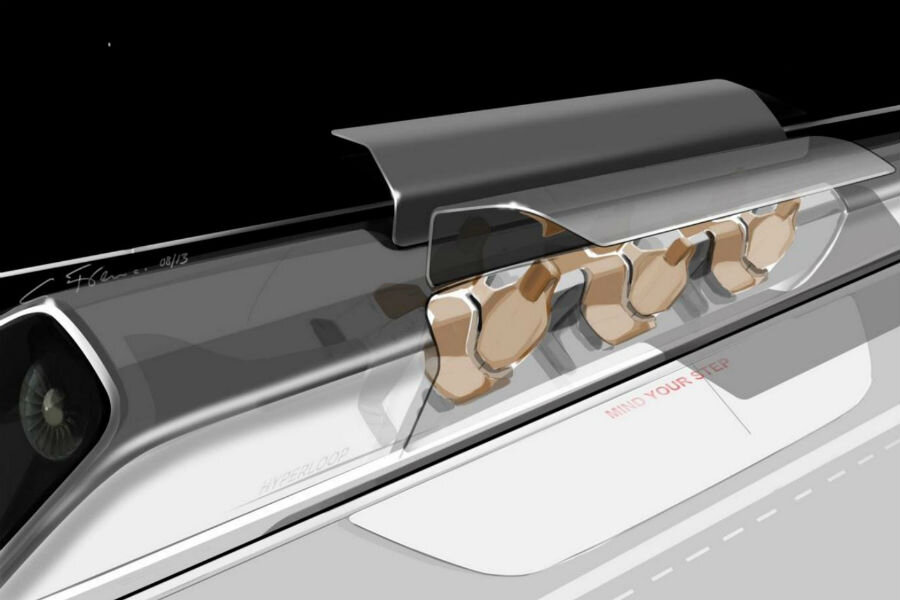Will MIT students make Elon Musk's Hyperloop a reality?
Loading...
Elon Musk has an idea to make commuters in California go faster – much faster. And he's relying on university students to turn his idea into a reality.
More than 100 university teams pitched their design concepts for Mr. Musk's Hyperloop idea before a panel of judges at a competition held at Texas A&M University in College Station, Texas over the weekend.
Engineering students from the Massachusetts Institute of Technology in Cambridge, Mass. took first place with their design to make the billionaire's dream a reality. Along with the other top finishers, the MIT students will build their pods and test them at the world’s first Hyperloop test track being built near SpaceX’s Hawthorne, Calif., headquarters.
First proposed by Musk in 2013, the Hyperloop is a high-speed ground transport concept that could travel about 700 miles per hour. According to Musk's design, “pods” could move 20 to 30 people through a 12-foot diameter low-pressure tube at a velocity only slightly slower than that of the speed of sound.
At least 22 teams will move on from competitions to test their concepts at the test track, and up to 10 more teams could also qualify after more competitions in the coming weeks, according to SpaceX.
Calling it "a fifth mode of transportation" when he first proposed the idea in August 2013 in a white paper published on the SpaceX website, Musk lamented the lackluster high-speed rail plans in California, and proposed the audacious alternative. He wrote:
The underlying motive for a statewide mass transit system is a good one. It would be great to have an alternative to flying or driving, but obviously only if it is actually better than flying or driving. The train in question would be both slower, more expensive to operate (if unsubsidized) and less safe by two orders of magnitude than flying, so why would anyone use it? If we are to make a massive investment in a new transportation system, then the return should by rights be equally massive.
His proposed alternative has been dismissed by critics as impractical and costly. The competitions are meant to build excitement and find testable concepts to quiet the naysayers of a high-speed transportation system.
According to the plans, the Hyperloop would closely follow California's I-5 route, getting commuters between Los Angeles and San Fransciso in about 30 minutes. Musk puts the cost of such a feat at $6 billion to carry people, or $7.5 billion for a larger freight-moving version.
"The public wants something new," Musk told the attendees in College Station. "And you're going to give it to them."








